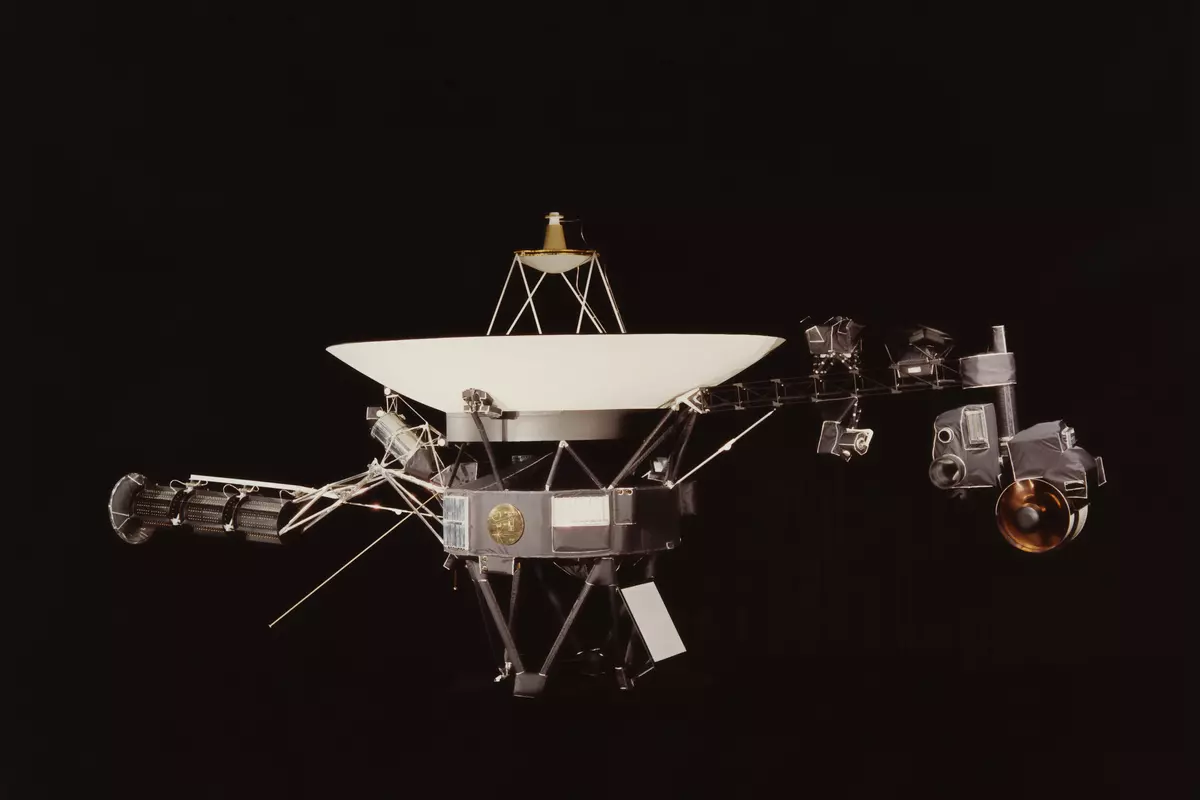
NASA has re-established full communication with Voyager 2 by sending an interstellar shout that corrected the distant probe’s antenna orientation, the space agency announced Friday.
Launched in 1977 to investigate the outer planets and serve as a beacon of humanity to the rest of the cosmos, it is now more than 12.3 billion miles (19.9 billion km) away from Earth, well beyond the solar system.
On July 21, a series of programmed commands delivered to the spaceship forced the antenna to point two degrees away from Earth, jeopardizing the spaceship’s capacity to broadcast and receive signals and jeopardizing its mission.
It was not believed that the situation would be rectified until at least October 15, when Voyager 2 was due to perform an automatic realignment maneuver.
Engineers recruited the support of the Deep Space Network (DSN) on Tuesday to discover a carrier or heartbeat wave from Voyager 2, however, the signal was still too feeble to decode the data it carried.
NASA’s Jet Propulsion Laboratory (JPL), which created and operates the probe, announced in a new report on Friday that it had succeeded in a long-shot effort to send instructions that righted the vehicle.
In December 2018, Voyager 2 exited the Sun’s protective magnetic bubble, known as the heliosphere, and is now traveling through space between the stars.
It studied Jupiter and Saturn before departing our solar system, and it was the first and so far only spacecraft to visit Uranus and Neptune.
Voyager 2’s twin, Voyager 1, was the first spacecraft to reach the interstellar medium in 2012 and is now about 15 billion miles away from Earth.
Both have Golden Records, 12-inch gold-plated copper discs designed to tell the tale of our world to extraterrestrials.
These include a map of our solar system, a bit of uranium that acts as a radioactive clock, allowing recipients to date the spaceship’s launch, and symbols that show how to play the record.
The discs’ contents, chosen for NASA by a team chaired by famed astronomer Carl Sagan, include encoded images of Earth’s life as well as music and sounds that may be played with the provided stylus.
For the time being, the Voyagers continue to send scientific data, albeit their battery banks are scheduled to run out sometime after 2025.
Also read: NASA’s Incorrect Command Breaks Contact With 12 Billion Miles Away Voyager 2 Space Probe
To read more such news, download Bharat Express news apps


















